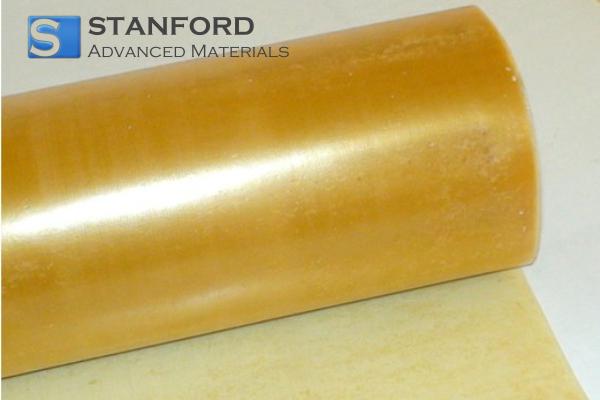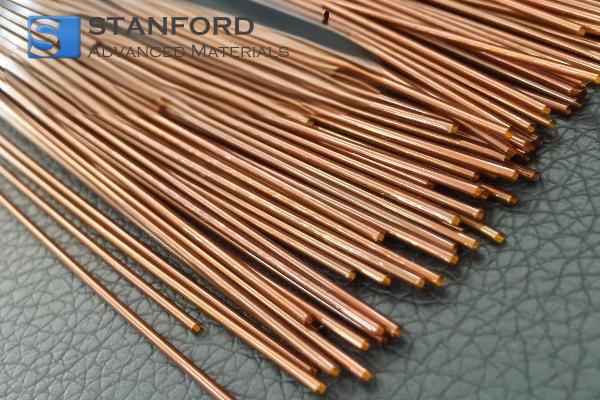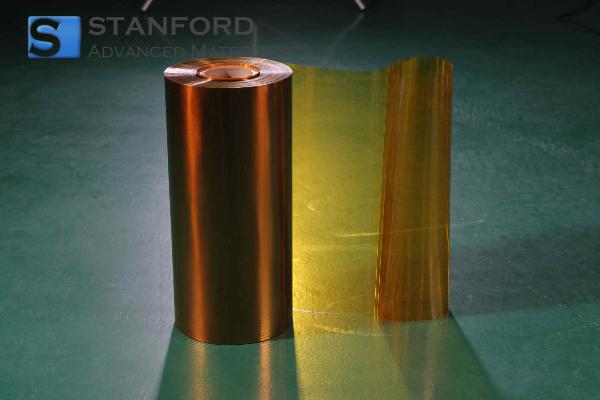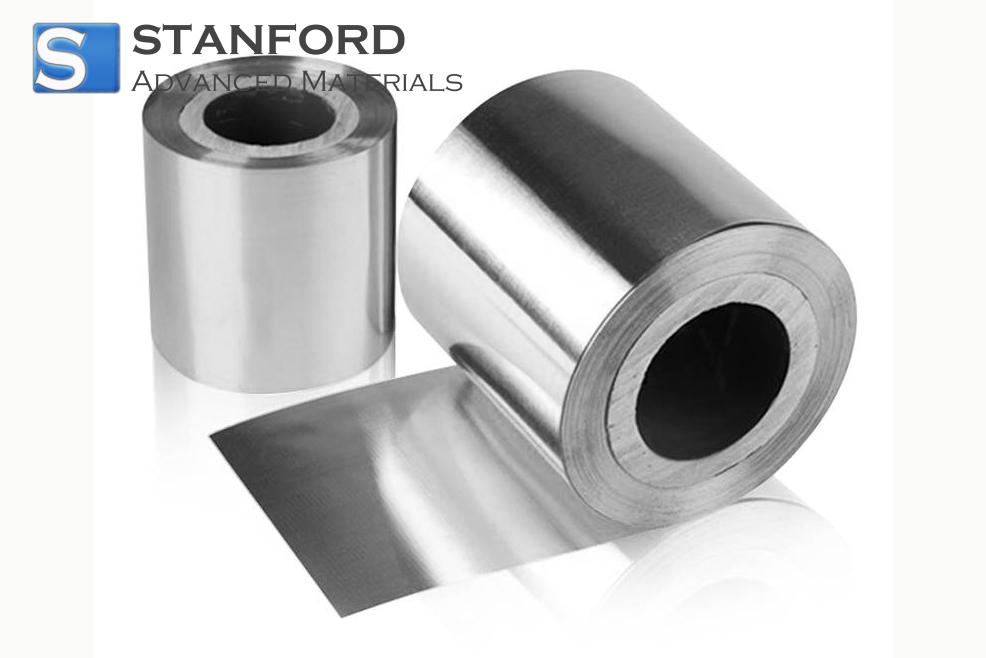Rubidium: Element Properties And Uses
Description
Rubidium is a soft, silvery‐white alkali metal with distinct chemical and physical properties. These properties are critical for precise research and various industrial applications.
Introduction to the Element
Rubidium, with atomic number 37, is an alkali metal known for its soft, silvery appearance and high reactivity. It was discovered in the mid‑19th century and soon received attention due to its distinct characteristics that set it apart from other elements in the periodic table.
As an element with a low melting point and a tendency to react with water and air, rubidium must be handled under controlled conditions. Its loosely bound valence electron means that it reacts readily, forming compounds with oxygen and halogens.
Researchers have long recorded measurable spectral lines when rubidium is excited. Consequently, the element is used in experimental physics and in high‑precision timekeeping devices. Its ability to influence electronic behaviour leads to its incorporation in specific industrial products.
Description of Chemical Properties
Rubidium exhibits several chemical properties typical of alkali metals, with a few distinct differences.
In chemical reactions, rubidium easily loses its outer electron and forms a univalent cation (Rb⁺). This ion is very reactive, particularly in aqueous solutions where it reacts vigorously with water to yield rubidium hydroxide and hydrogen gas. Its compounds are generally colourless, and rubidium salts are typically water‑soluble. The element is also known for its strong reducing properties. When introduced into a chemical system, rubidium can accelerate the oxidation of other substances.
Physical Properties Data Table
|
Property |
Value |
|
Atomic Number |
37 |
|
Atomic Mass |
85.47 |
|
39.31 °C |
|
|
Boiling Point |
688 °C |
|
Density |
1 532 g/cm³ |
|
Appearance |
Silvery‑white metal |
|
Reactivity |
Highly reactive |
Further information is available at Stanford Advanced Materials.
Common Uses
Rubidium is utilised in both academic research and several practical applications.
One primary use is in the production of atomic clocks. Rubidium atomic clocks deliver exceptional precision that is essential for global positioning systems and telecommunication networks.
In research laboratories, the metal is used to manufacture vapour cells for laser cooling and trapping experiments. Consequently, it is also incorporated in the production of specialised glasses and ceramics that require high purity and defined optical properties.
In the electronics sector, rubidium compounds are added to devices to improve conductivity and stability. This role in high‑tech applications underscores its importance in both scientific research and commercial product development.
Preparation Methods
Rubidium is extracted from natural mineral deposits that contain rubidium compounds. The standard method involves the chemical reduction of rubidium salts, often by electrolysis or thermal reduction. These techniques allow the isolation of high‑purity rubidium metal suitable for both laboratory and industrial use. Advances in metallurgy and chemical processing have optimised the extraction process, thereby producing rubidium in a controlled and efficient manner.
Frequently Asked Questions
What are the primary applications of rubidium?
Rubidium is mainly used in atomic clocks, research laboratories and in the manufacture of specialised glasses and electronic components.
How is rubidium extracted from natural sources?
Rubidium is typically obtained by reducing rubidium salts found in mineral deposits via electrolysis or thermal reduction.
What are the main chemical properties of rubidium?
It readily loses its valence electron to form Rb⁺ ions, reacts vigorously with water and functions as a strong reducing agent in chemical reactions.
Are there any safety concerns when handling rubidium?
Yes, owing to its high reactivity, particularly with water and air, rubidium must be managed in controlled environments, thereby reducing the risk of hazardous reactions.
In which industrial products are rubidium compounds employed?
Rubidium compounds are used in the manufacture of specialised glasses, ceramics and various electronic components, thereby making them essential in high‑technology industries.

 Bars
Bars
 Beads & Spheres
Beads & Spheres
 Bolts & Nuts
Bolts & Nuts
 Crucibles
Crucibles
 Discs
Discs
 Fibers & Fabrics
Fibers & Fabrics
 Films
Films
 Flake
Flake
 Foams
Foams
 Foil
Foil
 Granules
Granules
 Honeycombs
Honeycombs
 Ink
Ink
 Laminate
Laminate
 Lumps
Lumps
 Meshes
Meshes
 Metallised Film
Metallised Film
 Plate
Plate
 Powders
Powders
 Rod
Rod
 Sheets
Sheets
 Single Crystals
Single Crystals
 Sputtering Target
Sputtering Target
 Tubes
Tubes
 Washer
Washer
 Wires
Wires
 Converters & Calculators
Converters & Calculators
 Write for Us
Write for Us




 Chin Trento
Chin Trento



